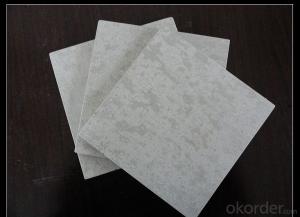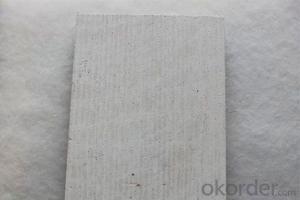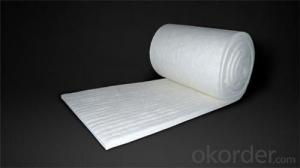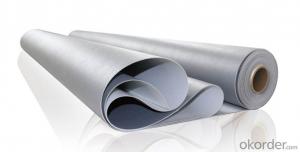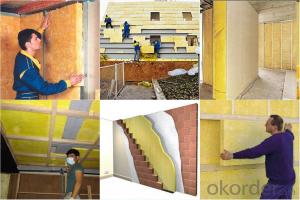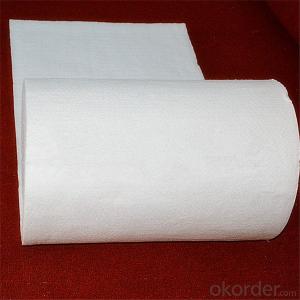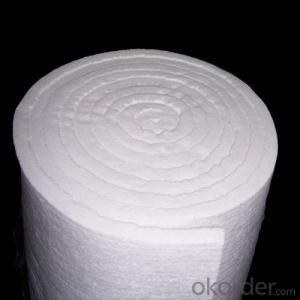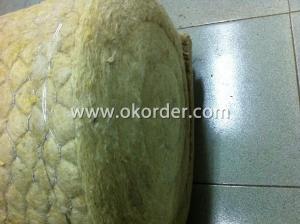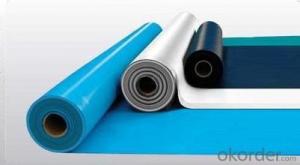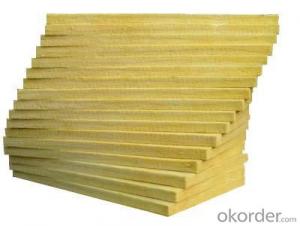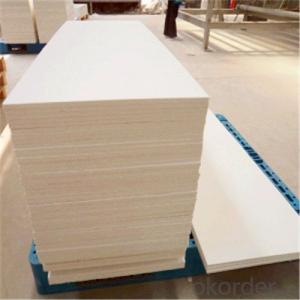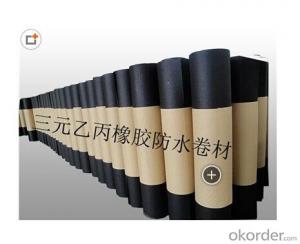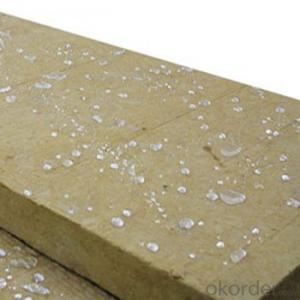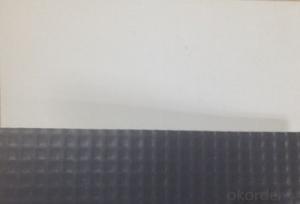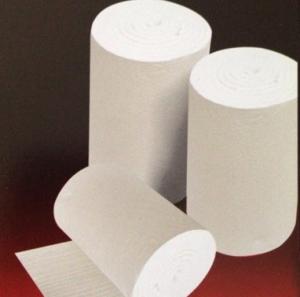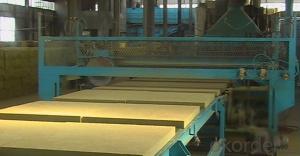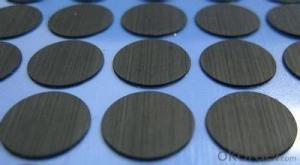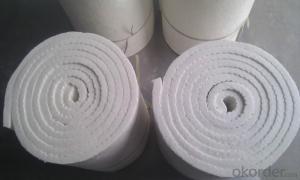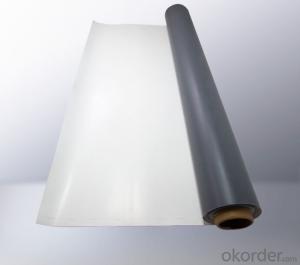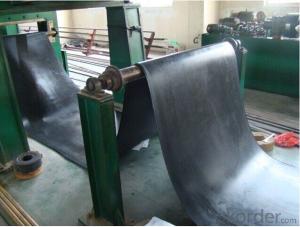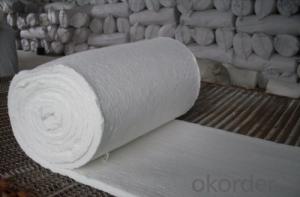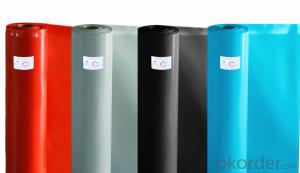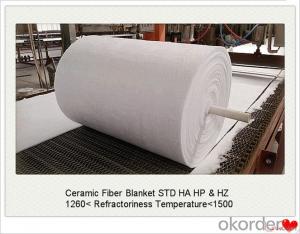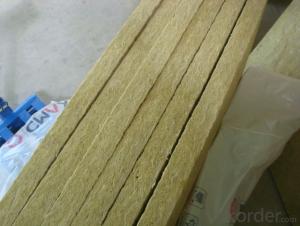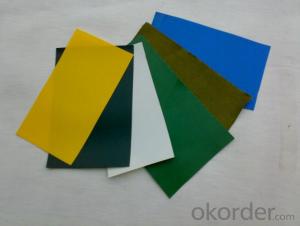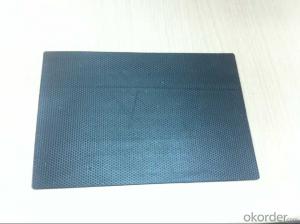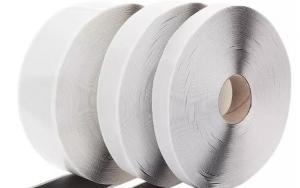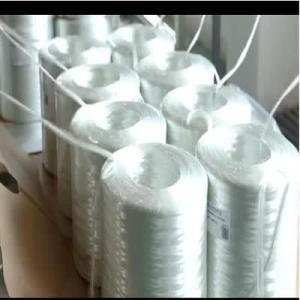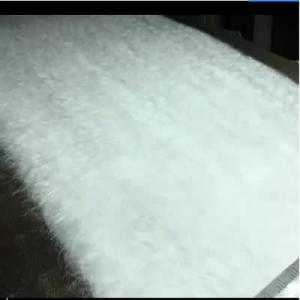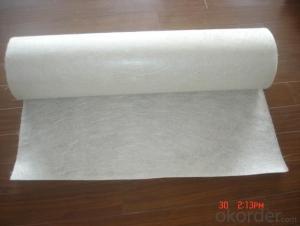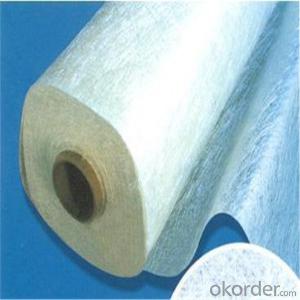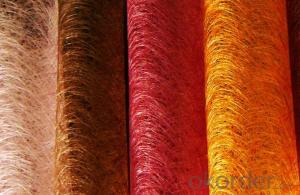Waterproof Thermal Blanket
Waterproof Thermal Blanket Related Searches
Glass Wool Tape Fiberglass Insulation Blanket Fiberglass Thermal Insulation Kimmco Glass Wool Insulation Waterproof Thermal Blanket Glass Wool Thermal Conductivity Thermal Conductivity Glass Insulation WoolHot Searches
Used Foam Board Insulation For Sale Plastic Roof Tiles For Sale Magnesium Oxide Board For Sale Hdf Board For Sale sintra board for sale Gypsum Board Price Per Sheet In India High Density Mdf Board Suppliers Calcium Silicate Pipe Insulation Price 5 8 Type X Gypsum Board Price Calcium Silicate Board Suppliers In Uae Gypsum Board Price Per Sheet Extruded Polystyrene Insulation Board Price Polyurethane Insulation Board Price White Melamine Board Price Black Melamine Board Price Pre Laminated Board Price List Durock Cement Board Price Century Waterproof Plywood Price List Greenply Waterproof Plywood Price List Solar Inverter Mounting BoardWaterproof Thermal Blanket Supplier & Manufacturer from China
Okorder.com is a professional Waterproof Thermal Blanket supplier & manufacturer, offers integrated one-stop services including real-time quoting and online cargo tracking. We are funded by CNBM Group, a Fortune 500 enterprise and the largest Waterproof Thermal Blanket firm in China.Hot Products
FAQ
- Indeed, fiberglass mat tissue can be painted on. Nevertheless, there are a few factors that necessitate consideration. Firstly, it is imperative to ensure the cleanliness and absence of any dirt, grease, or contaminants on the fiberglass mat tissue prior to painting. This can be accomplished by washing the surface with a gentle detergent and water, followed by thorough rinsing and drying. Secondly, it is advisable to apply a primer before painting in order to enhance adhesion and achieve a smoother finish. It is recommended to utilize a high-quality primer specifically formulated for fiberglass surfaces, adhering to the manufacturer's instructions for application. Lastly, when selecting the paint, it is crucial to choose one that is compatible with fiberglass materials. Acrylic or epoxy-based paints are often suggested as they exhibit good adhesion and durability on fiberglass surfaces. By adhering to these steps and employing appropriate materials, it is feasible to successfully paint over fiberglass mat tissue. Nevertheless, it is always prudent to seek advice from a professional or follow the manufacturer's recommendations for optimal outcomes.
- Yes, fiberglass mat tissue can be used for HVAC ducting. Fiberglass mat tissue is a lightweight material made from glass fibers that are bonded together with a resin. It has excellent thermal insulation properties, which makes it suitable for use in HVAC systems where temperature control is important. Additionally, fiberglass mat tissue is resistant to moisture and chemicals, ensuring durability and longevity in ducting applications. It is also easy to install and can be customized to fit different duct sizes and shapes. Overall, fiberglass mat tissue is a reliable and efficient choice for HVAC ducting.
- Yes, fiberglass mat tissue can be used for repairing fiberglass boats. It is commonly used in boat repairs to reinforce weak or damaged areas and provide strength and durability to the repaired sections.
- Fiberglass mat tissue typically exhibits a low thermal conductivity, which falls within the range of 0.03 to 0.05 W/m·K. Consequently, it serves as an excellent insulator, effectively impeding the flow of heat. Its favorable insulative properties render it suitable for various applications, including thermal insulation in buildings, industrial equipment, and appliances.
- Fiberglass mat tissue and mineral wool insulation have different properties and applications. Fiberglass mat tissue is typically used as a reinforcement material for composites or as a facing material for insulation products. It provides good strength, flexibility, and resistance to moisture. On the other hand, mineral wool insulation is primarily used for thermal and acoustic insulation in buildings. It offers excellent fire resistance, sound absorption, and thermal performance. While both materials have their own advantages, the choice between them depends on the specific requirements of the project.
- The specific application and intended use determine the typical thickness of fiberglass mat tissue, which can vary. Usually, it is accessible in thicknesses ranging from 0.5mm to 3mm. The selection of thickness depends on factors like the desired strength, flexibility, and absorption properties necessary for the manufacturing of the specific project or product. Applications needing greater levels of strength and durability generally employ thicker fiberglass mat tissue, whereas thinner tissue is appropriate for lightweight and flexible applications.
- Yes, fiberglass mat tissue can be used for making insulation panels. Fiberglass mat tissue is a lightweight and flexible material that offers excellent thermal insulation properties. It is commonly used as a reinforcement layer in the production of insulation panels. The mat tissue helps to enhance the strength and durability of the panels while providing effective insulation against heat transfer. Additionally, fiberglass mat tissue is resistant to moisture, mold, and mildew, making it a suitable choice for insulation applications.
